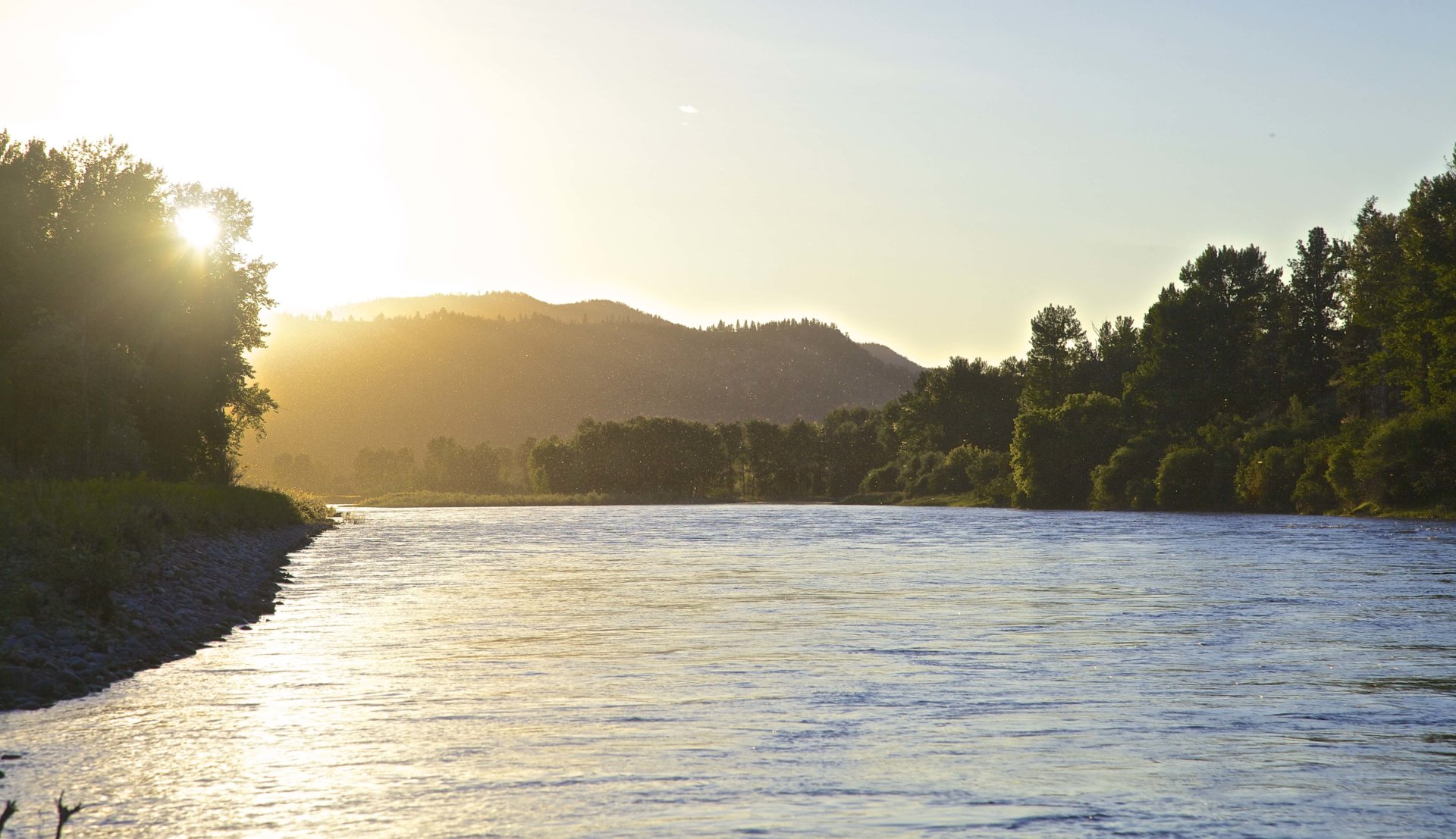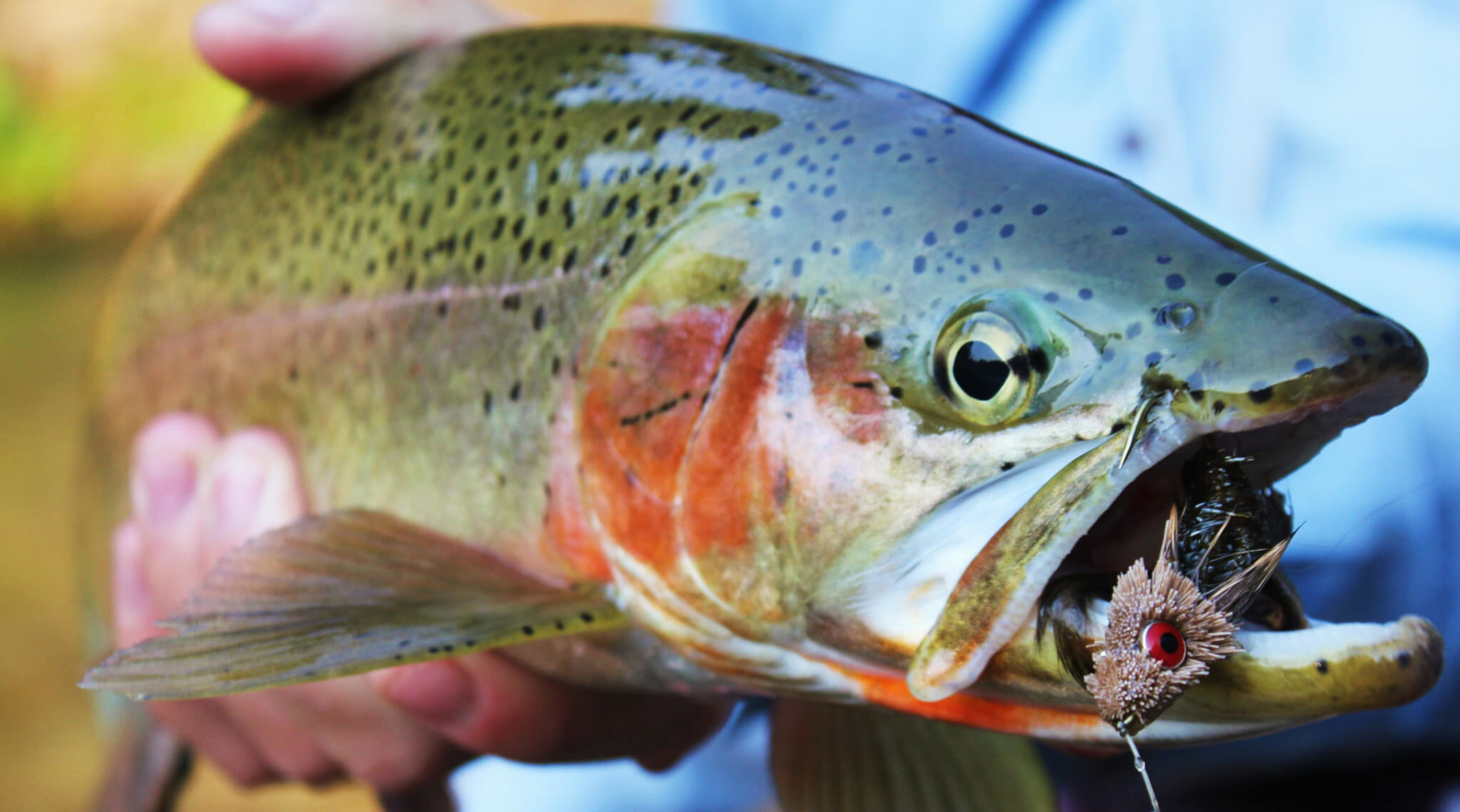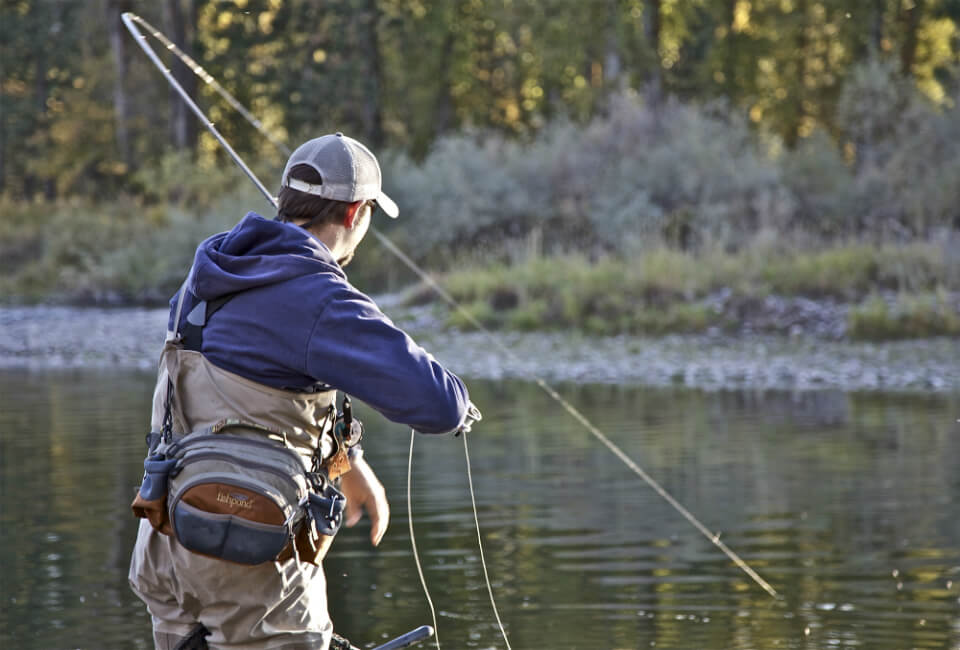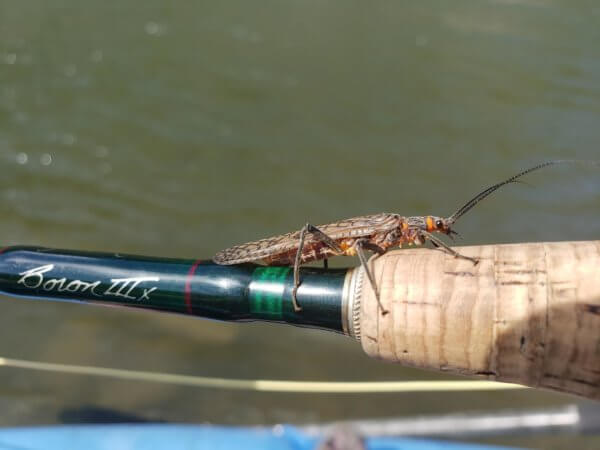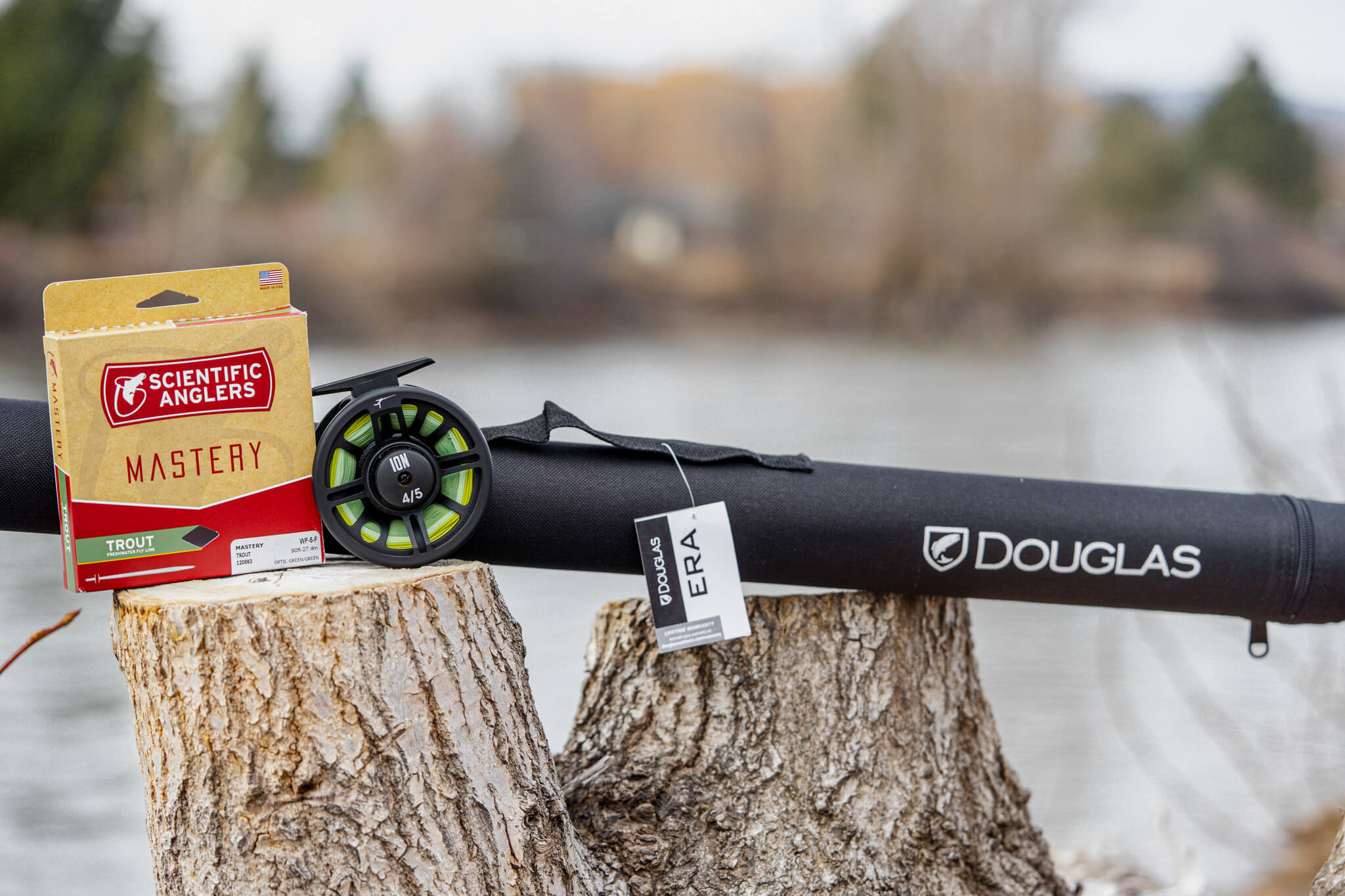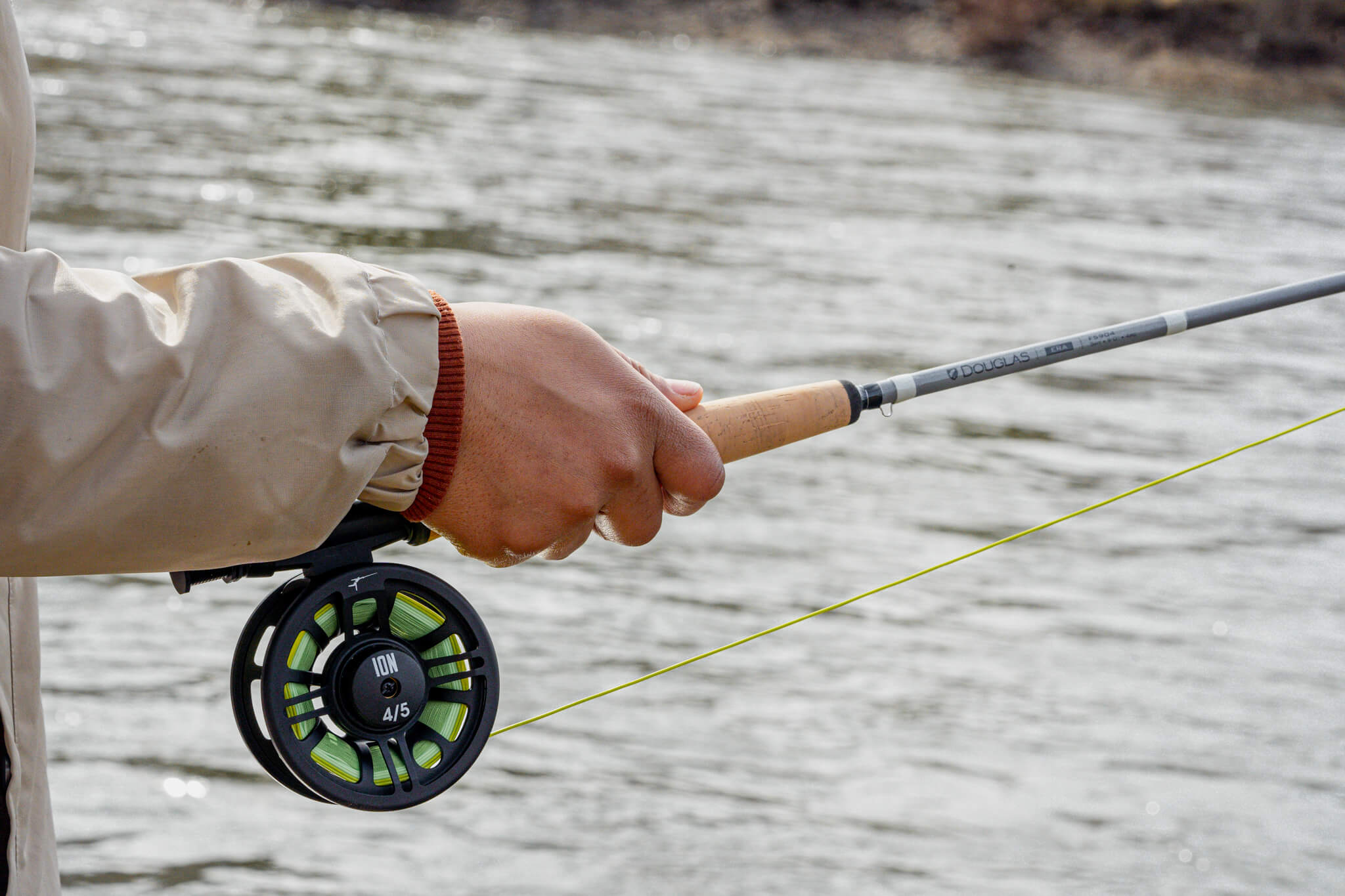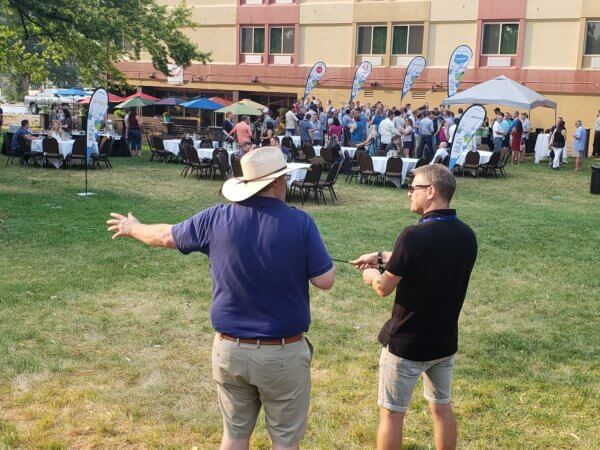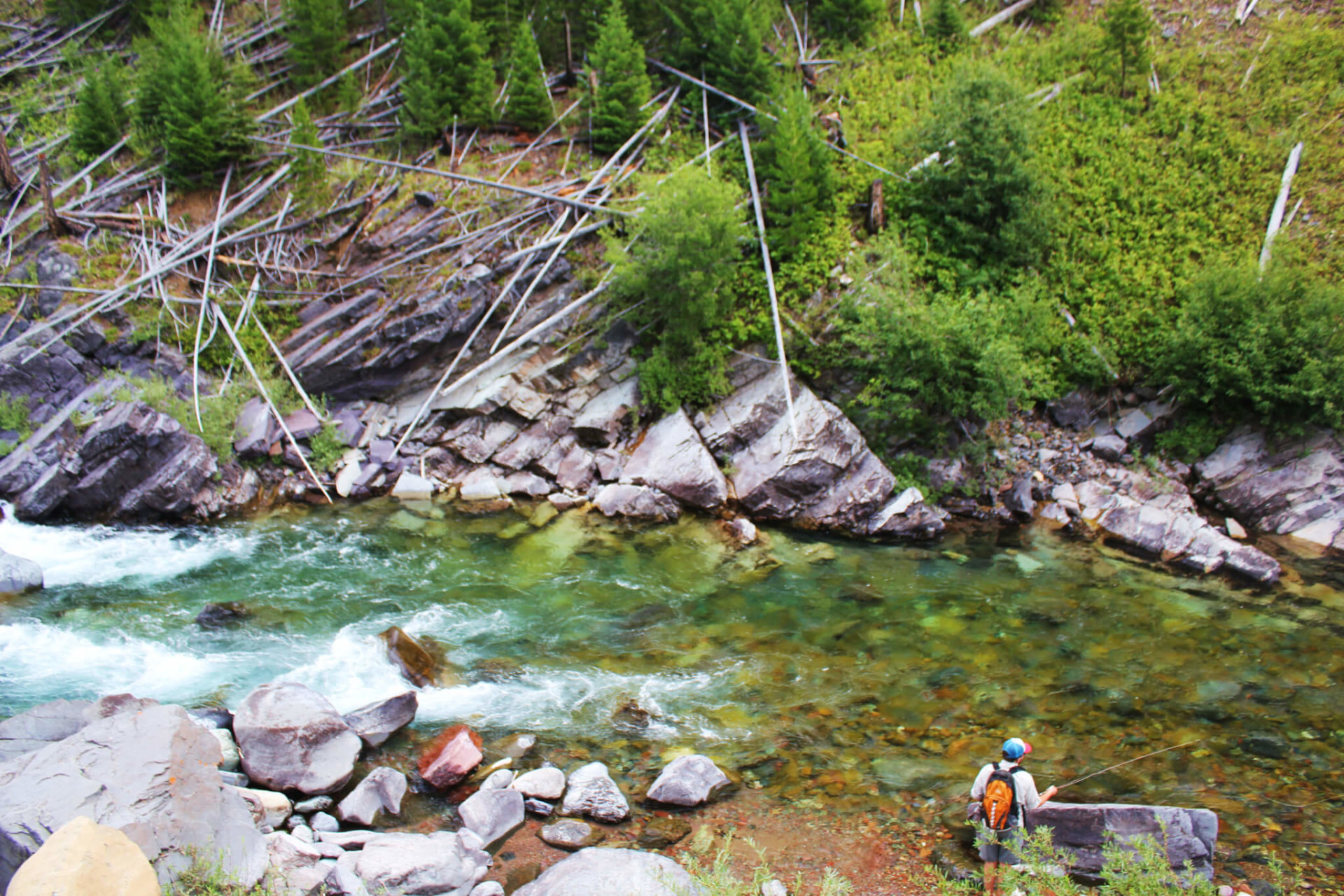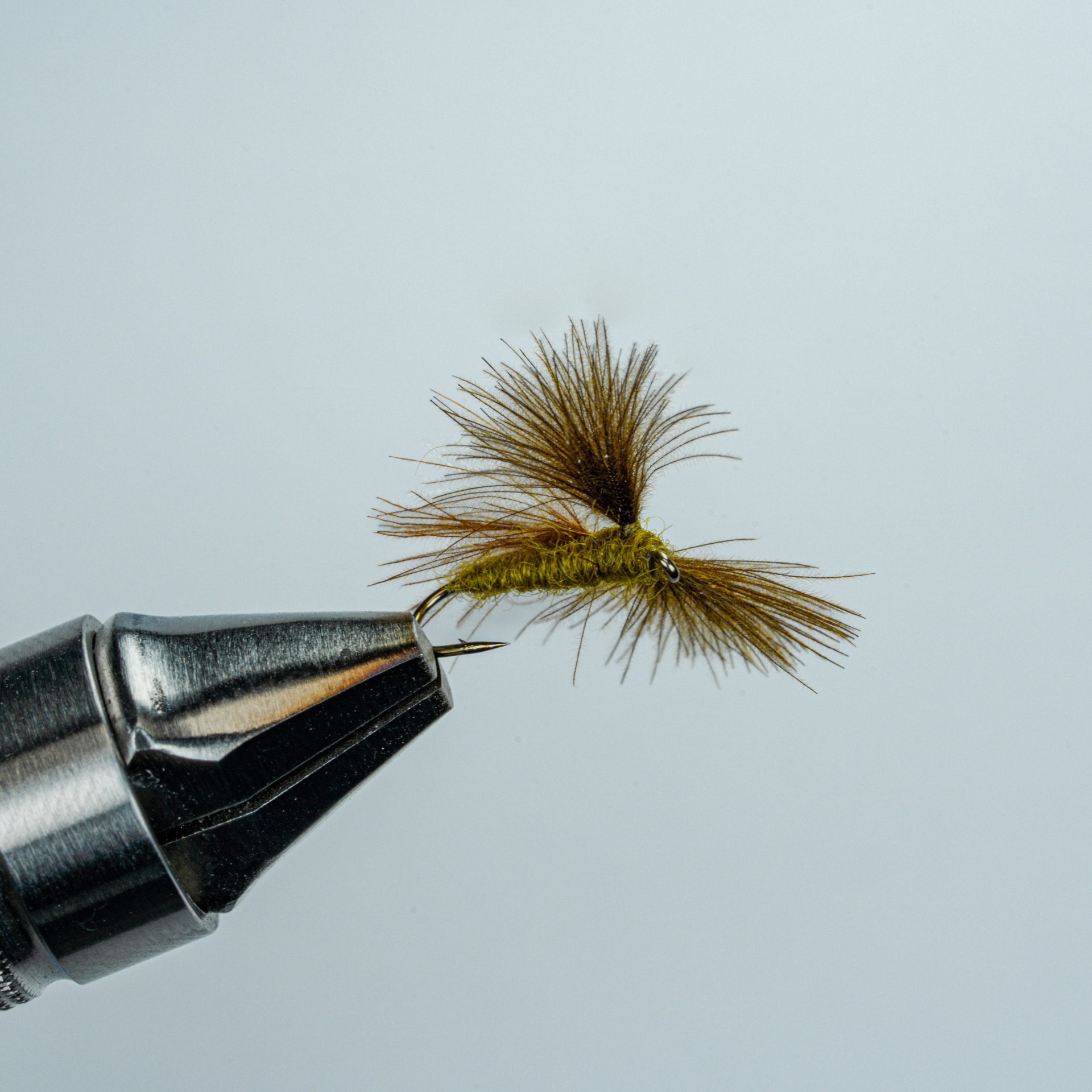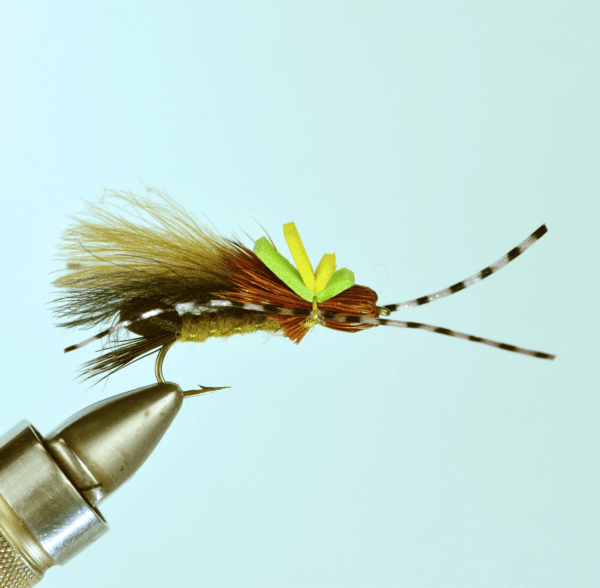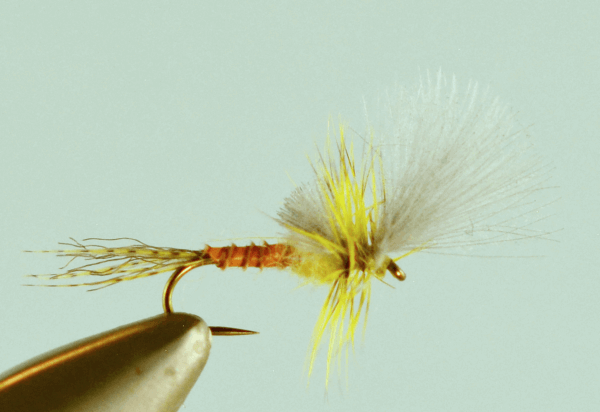The sinking leader for fly fishing is a game changer for the part-time streamer thrower, or for fast water, no indicator nymphing. They save anglers a lot of money in lines and spools, while getting your fly deeper in quickly changing conditions. They are very popular with our customers, but we also get questions about their usage. They can be tricky to cast because they change the action of your fly rod. Here’s a few thoughts and tips for using sinking leaders more effectively.
History and Specifications
Sinking leaders have been around for a while, and truthfully never been a whole lot of fun to cast. Before the advent of today’s sinking leader, intrepid anglers built them from lead core fly line. Talk about a nightmare casting- no taper and lots of weight poorly attached to the fly line. It was chaos, and it took dedication coupled with a fearless attitude when back casting that mess out of the water directly at your head.
Things have changed for the better. The new sinking leaders aren’t perfect, but so much better than it used to be. It starts with the welded loop found on the end of every fly line. Sinking leaders also have a welded loop, and the loop-to-loop connection is one key to better casting. Gone is the mono leader butt that created so many casting issues. A mono leader butt is unable to support the weight of the sinking leader, and the resulting hinge point was almost impossible to cast through. With loop to loop, there’s a small hinge point, but it’s very manageable.
The new sinking leaders are made like a fly line, only with a monofilament core. You can get away with this because the short lengths don’t stretch enough to cause the coating to separate from the core. The new leaders are also tapered, which greatly improves turnover and accuracy.
We STRONGLY recommend tippet rings at the tippet end of a new sinking leader. The 12” of uncoated tippet at the end doesn’t last long when tying surgeon’s knots to new tippet. We recommend using tippet no longer than 2.5’ long, so the fly maintains leader depth. With the short leader length, you change tippet out frequently. A tippet ring extends the life of a sinking leader.
We carry sinking leaders in a variety of lengths and sink rates. It’s like carrying a variety of sink tip lines in a vest pocket. You can tailor your presentations depth with a quick re-rig, and make sure your fly is exactly where you want it. But there are things you need to know when using a sinking leader.
While there is some debate going on, AFTMA fly line standards are still the industry standard. The first 30 feet of a 5 wt line should weigh 140 gr. The first 30 feet of a 6 wt should weigh 160, a 7 weight should weigh 185 gr over the first 30 feet. This is important when using a sinking leader. As an example, a 12’ 3IPS Sinking Leader weighs 46 grains. A 12’ 7IPS Sinking Leader weighs 103 grains. The faster sink rate requires more weight.
When you attach the 3IPS leader, it’s like adding a line and a half to your rod. With the 7IPS leader, it’s like adding 3 line weights to your rod. When using a 5 weight rod with a sinking leader, you’re either casting the equivalent of a 6.5 weight or 8 weight line with it. That has important ramifications for the angler.
Techniques For Sinking Leaders
When starting the back cast, remember you have a lot of extra weight on the end of your line. You’re not going to just be able to flip 40’ of line off the water. You’ll have to strip the sinking leader much closer to the tip before starting to back cast. With less length comes less weight, and the rod handles the lighter weight better.
This is also very important. The sinking leader is completely submerged. When back casting, it’s not like pulling a floating line off the water. There’s so much more pressure brought to bear on a subsurface line than a floating line. To protect the lighter rod, use this method to start the back cast.
Bring the fly line in so the fly is 20-25 feet from your feet. Roll cast the fly to the surface. If the first roll doesn’t get it to the surface, roll again! Once the fly is on the surface, immediately start your back cast. With the fly skimming across the surface, there is much less pressure brought to bear on the rod. The heavier the leader, the more important this is. Rolling the fly to the surface is also a lot safer for the angler, because you have more control over the back cast.
When a fish strikes, make sure the tip of the rod is pointing directly at the fly, and use a strip set to jam the hook home. A strip set uses the left hand pulling back on the fly line- the rod is not involved. It’s critical to have a straight line from left hand to fly (accomplished by pointing the rod tip at the fly) so the strip set connects with the fish.
If you use the tip of the rod to set the hook, you have a good chance of not hooking the fish. With a dry or dry/dropper, on hook set the rod tip bends a bit and then the fly moves. Sinking leaders affect the rod much more. With the additional weight of the leader, coupled with the pressure of complete submersion and a larger fly- the rod bends deeply on the strike. While the rod is bending, the hook isn’t moving rapidly or powerfully, resulting in fewer hook-ups. Using the strip set plants the hook where you want it, when you want it.
4 weights, 5 weights and some 6 weights aren’t really designed to handle sinking tips. When the rod is out of its comfort zone, changes should be made in your casting and hook setting styles. At best, not changing casting and hook set will result in fewer fish. At worst, trying to lift too much weight with a fly rod will shatter it. Better to get the fly closer and do a little more false casting than explode the rod because it can’t handle the load. Better to practice the strip set to make sure you’re hooking the fish that strike.
Sinking leaders are a strong addition to any anglers kit. Light weight and easy to rig, the sinking leader gets anglers deep without the hassle of buying, carrying and changing out spools. The new design makes them much easier to cast, improving accuracy. Conditions are constantly changing on the water. The sinking leader allows you to make the most of the water you’re fishing.
